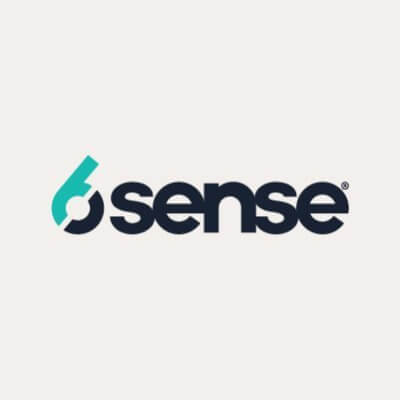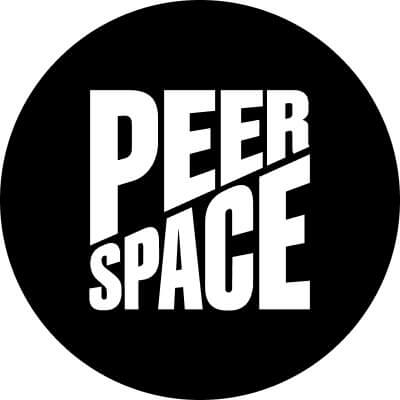Why Digital Natives Are Skipping Paper Cards Entirely
In a world increasingly shaped by digital interaction, many traditions are undergoing a transformation. One such tradition is the use of paper greeting cards
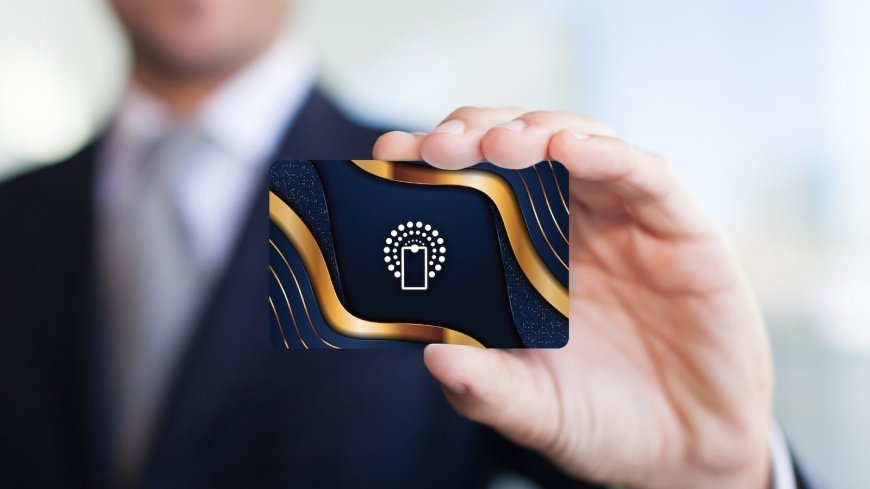
Introduction
In a world increasingly shaped by digital interaction, many traditions are undergoing a transformation. One such tradition is the use of paper greeting cards—a once cherished form of emotional expression that now seems to be fading away, particularly among younger generations. Digital natives, those who grew up with the internet and smartphones, are leading this cultural shift. The question is not just whether they are sending fewer cards—but why they are skipping paper cards entirely.
The Rise of the Digital Native Generation
nfc business card refer to the generation born in the digital age—Millennials and Gen Z—who have never known a world without the internet, social media, or smartphones. Their habits are inherently different from previous generations. From a young age, they have relied on screens to connect, communicate, and express themselves. Naturally, their preference for digital alternatives spills over into how they celebrate occasions and express sentiment.
This generation has evolved with a different set of values when it comes to communication. It’s not that they don’t care about emotional expression; they simply do it in new ways. A heartfelt text, a curated Instagram story, or a personalized meme often holds more relevance to them than a traditional paper card.
The Emotional Shift in Communication
One of the most fascinating aspects of this shift is how emotions are conveyed in the digital world. Where once a handwritten note inside a paper card was the hallmark of thoughtfulness, today, a carefully chosen emoji or a voice note can carry equal emotional weight. It's a different language, not a lesser one.
Digital natives are fluent in this language of virtual emotion. They understand tone, context, and intent in short bursts of text or visuals. To them, sending a paper card might feel awkward or outdated, especially when compared to the immediacy and spontaneity of a Snapchat video or a FaceTime call.
The Influence of Social Media and Messaging Platforms
Social media platforms have completely redefined how people share joy, love, and congratulations. Birthdays are celebrated with customized reels. Anniversaries are honored with heartfelt captions. Graduations are announced through Instagram stories and TikToks. These mediums are not only faster but also allow for more creativity and visibility.
Unlike paper cards, digital greetings are often shared publicly, allowing friends and family to engage, comment, and react in real-time. This sense of communal celebration simply isn't possible with a private card handed over in person or mailed through the post. For digital natives, this interactive layer is integral to the experience of emotional sharing.
Convenience and Speed in a Fast-Paced World
Another critical factor is time. In today’s fast-paced world, convenience matters more than ever. Purchasing a card, writing a message, finding a stamp, and heading to the post office is a process that feels unnecessarily cumbersome for someone who can send a heartfelt message across the globe in seconds.
Technology offers tools that cater to this convenience. Automated birthday reminders, e-cards with animation, personalized videos, or even AI-written poems can be created and shared within minutes. Digital natives value this seamlessness and efficiency. It fits into their lifestyle effortlessly, without sacrificing the sentiment behind the gesture.
Environmental Consciousness and Sustainability
Younger generations are also more conscious of their environmental impact. Climate change, waste, and sustainability are constant topics in the media and daily conversations. The idea of buying a paper card that may end up in a landfill within days doesn't sit well with many of them.
Digital alternatives eliminate paper waste and are seen as a more eco-conscious choice. While previous generations may not have considered the environmental cost of greeting cards, digital natives see it as an unnecessary indulgence. Their values prioritize actions that align with sustainability, even in the small things like how they say “Happy Birthday” or “Thank You.”
Cost Considerations in a Digital Economy
There's also a financial side to this shift. Paper cards aren’t cheap, especially when you factor in postage or the cost of premium designs. For a generation that often faces financial pressures—from student loans to housing costs—the idea of spending several dollars on a single card seems excessive.
Digital communication, by contrast, is largely free. Whether it's a voice message, a GIF, or a video tribute, the tools are accessible and often already built into the apps they use daily. For many digital natives, saving money while still expressing care and creativity is a no-brainer.
Personalization in the Digital Era
Digital doesn’t mean impersonal. In fact, personalization is easier and more dynamic in the digital space. Instead of picking a pre-written phrase in a store-bought card, digital natives can craft messages that are truly tailored to their relationships. They can include inside jokes, photos, shared memories, and even music.
These expressions feel more genuine because they are created, not purchased. A TikTok that recreates a funny memory or a voice note mimicking an inside joke means much more than a generic “Best Wishes” on paper. Digital natives crave authenticity, and digital tools allow them to deliver it effortlessly.
Tradition vs. Innovation: A Cultural Shift
Of course, some see the decline of paper cards as the loss of a beautiful tradition. There’s something undeniably nostalgic about opening a card, feeling its texture, and reading a handwritten note. However, this nostalgia often belongs to those who grew up without digital options.
For digital natives, innovation holds more value than tradition. Their idea of sentimentality is tied to convenience, creativity, and current culture—not necessarily ink on paper. They honor relationships and emotions in their own way, and that way is usually digital. This doesn’t mean they are cold or disconnected; it means the medium has changed, not the message.
Are Paper Cards Really Becoming Obsolete?
While it's clear that digital natives are skipping paper cards more often, it doesn't mean they are entirely obsolete. In some cases, like weddings or milestone birthdays, people still appreciate a tangible keepsake. However, these occasions are becoming the exception, not the rule.
Paper cards are gradually turning into niche items—used more for formal events or nostalgic purposes than everyday communication. Much like vinyl records or handwritten letters, they hold sentimental value for some but are no longer mainstream. Digital natives might still appreciate receiving one, but they’re unlikely to buy or send one themselves.
What the Future Holds for Greetings and Human Connection
Looking ahead, it’s easy to imagine a world where traditional paper cards become collectors’ items or relics of the past. But this doesn’t mean human connection will weaken. In fact, the opposite is happening. Technology is making it easier to stay connected, to celebrate, to support, and to surprise loved ones—instantly, creatively, and globally.
With the rise of augmented reality (AR), personalized video greetings, and even AI-generated messages that mimic voices and styles, emotional expression is entering a new era. It’s digital, yes—but also immersive, expressive, and deeply personal. The tools may be different, but the heart behind them remains the same.
Conclusion
Digital Business Cards skipping paper cards because they don’t care. They're skipping them because they care differently. Their language of love, appreciation, and celebration is fast, personal, visual, and often interactive. It’s shaped by technology, informed by environmental awareness, and motivated by authenticity.
Paper cards, while cherished by some, simply don’t fit into this modern mode of communication. The shift isn’t about losing something—it’s about evolving. And in this evolution, the spirit of connection is alive and thriving—just no longer written in ink.
































































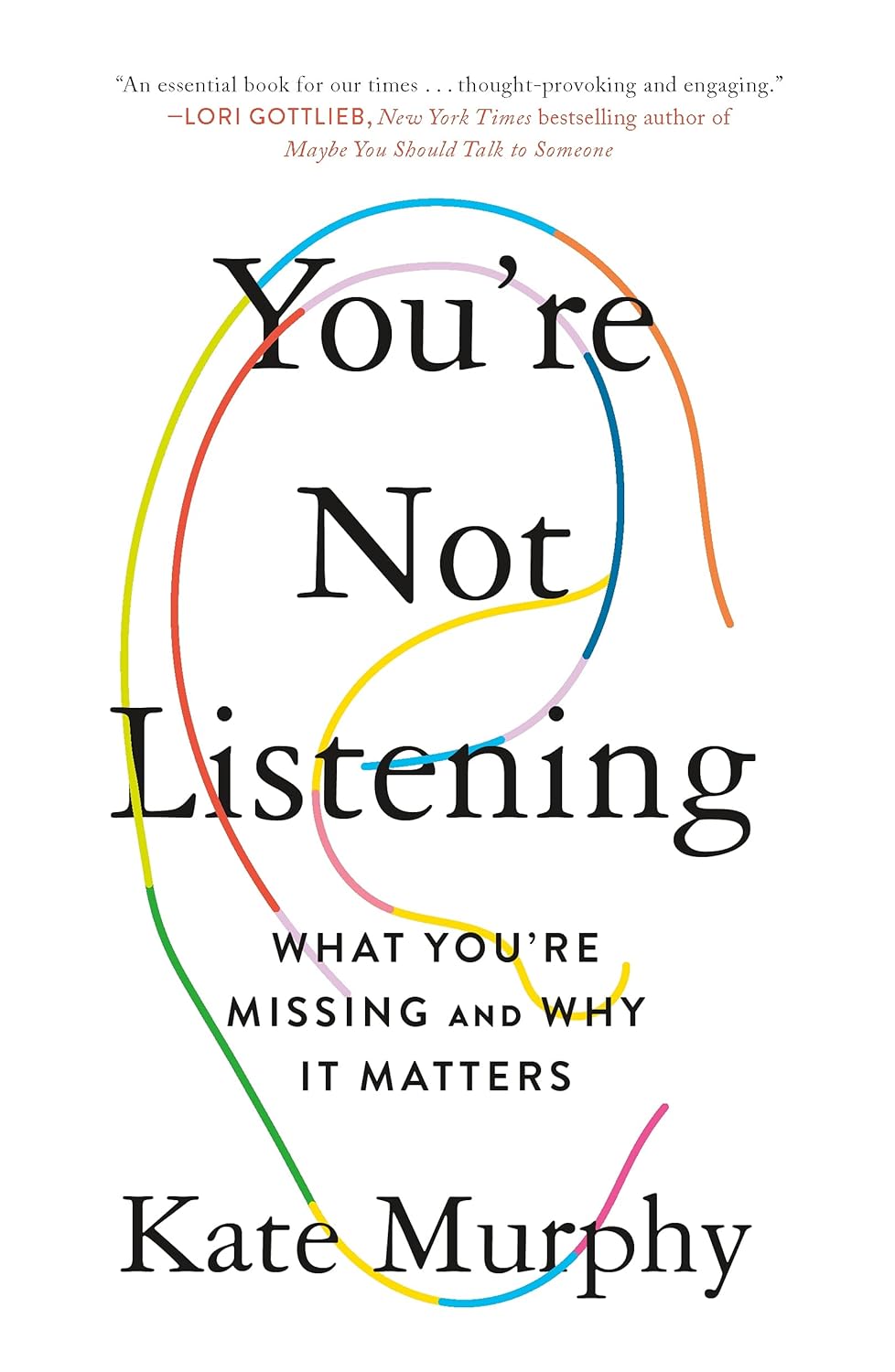



![https //g.co/recover for help [1-866-719-1006]](https://newsquo.com/uploads/images/202506/image_430x256_684949454da3e.jpg)





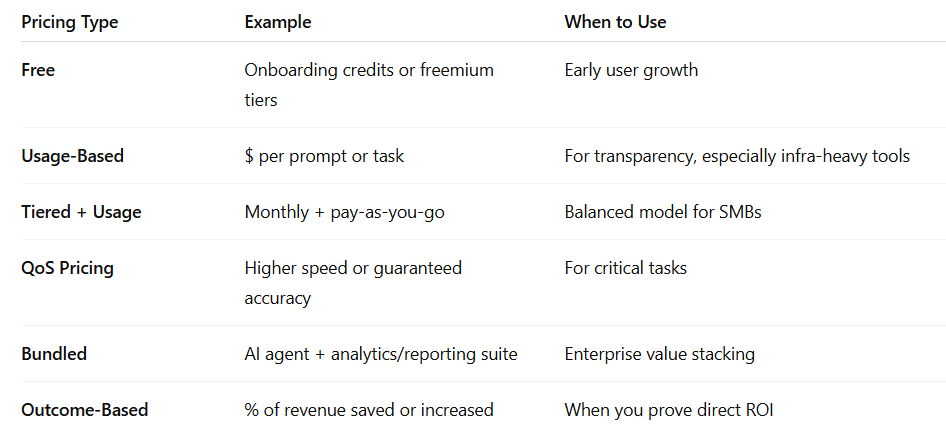

















![How Smart PMs Scale Their Careers in Any Org [TPG Live Recap]](https://tpgblog.com/wp-content/uploads/2025/06/2025-06-12-thumbnail-action.png?#)


























